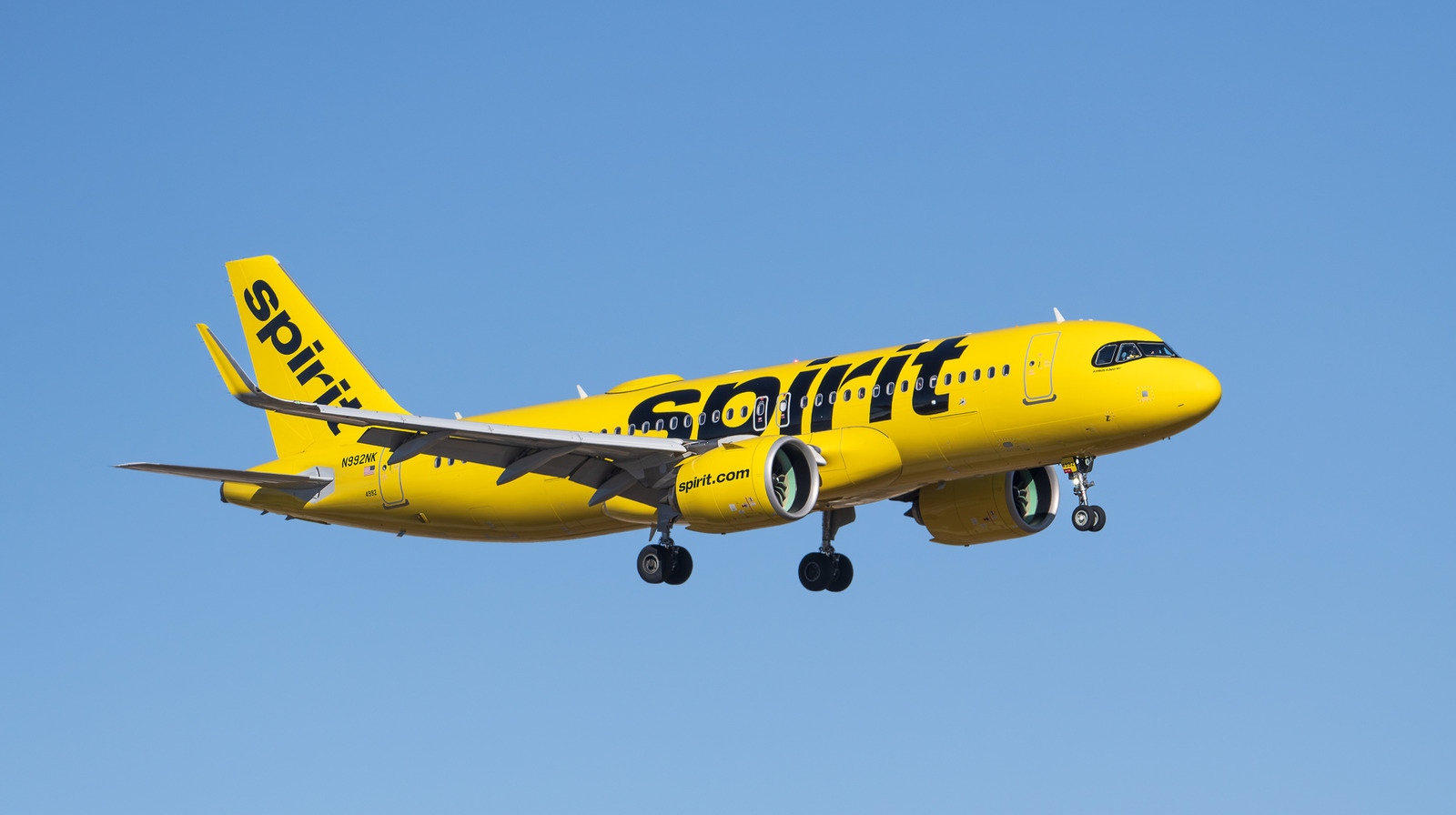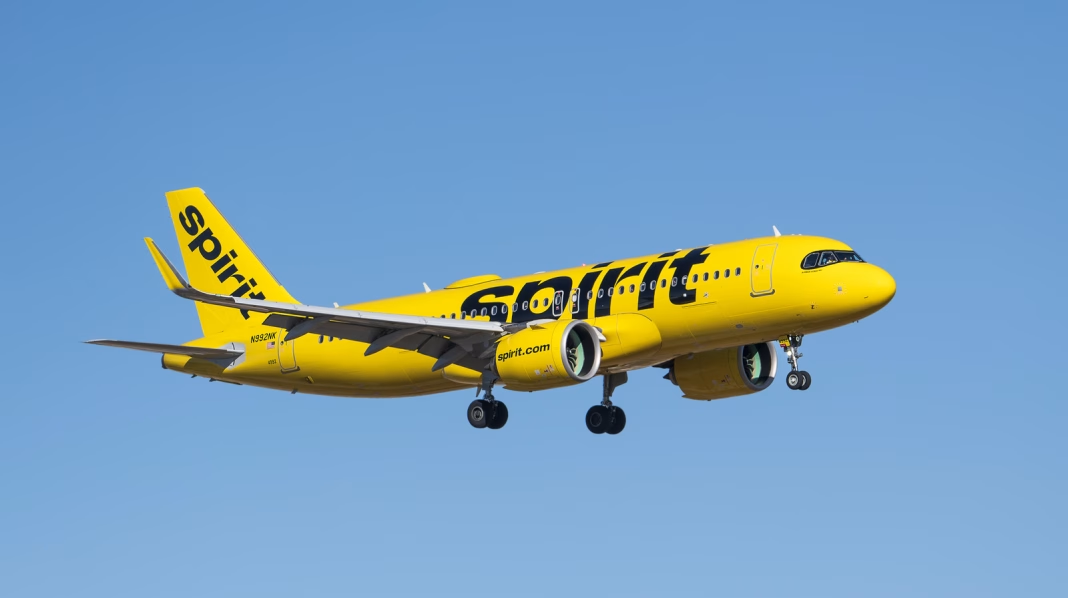How Did a Spirit Airlines Flight End Up Too Close to Air Force One?
When you think of air travel, there’s usually a sense of order and precision. But every so often, something happens that throws everyone for a loop. Recently, a Spirit Airlines pilot found themselves in hot water after flying uncomfortably close to Air Force One—and ignoring repeated instructions from air traffic control to change course. So, how does a situation like this even unfold?
What Are the Rules When Air Force One Is in the Air?
Whenever Air Force One is in the sky, there’s a strict set of protocols in place. The president’s plane is surrounded by a protective bubble of restricted airspace, often extending for miles in every direction. According to the Federal Aviation Administration (FAA), this is called a Temporary Flight Restriction (TFR), and it’s not just a suggestion—it’s the law. Any aircraft that comes too close is immediately flagged, and pilots are expected to comply with instructions without hesitation.
Why Did the Spirit Airlines Pilot Ignore Air Traffic Control?
This is the million-dollar question, and it’s left a lot of aviation experts scratching their heads. Air traffic controllers reportedly issued multiple warnings to the Spirit pilot, directing them to alter course. Yet, the pilot failed to respond appropriately. Was it a case of distraction? Miscommunication in the cockpit? Or perhaps a technical issue with the radio? The FAA is investigating, but so far, no official explanation has been released.
Aviation safety consultant John Cox told CNN that incidents like this are rare but not unheard of. “Most commercial pilots are hyper-aware of TFRs, especially when Air Force One is involved,” he said. “Ignoring repeated instructions is a serious breach of protocol.”
What Happens When a Plane Violates Restricted Airspace?
The consequences can be severe. If a commercial aircraft enters restricted airspace around Air Force One, military jets can be scrambled in minutes. In past incidents, the U.S. Air Force has intercepted wayward planes and forced them to land. Pilots can face suspension, hefty fines, or even lose their licenses.
According to FAA data, there were over 1,500 TFR violations in the U.S. in 2023, but only a handful involved high-profile flights like Air Force One. The vast majority are resolved quickly, often with a stern warning. But when a pilot repeatedly ignores instructions, the stakes get much higher.
How Do Airlines Train Pilots to Handle These Situations?
Airlines invest heavily in training their pilots to handle every imaginable scenario—including TFRs. Before every flight, pilots receive briefings that include any airspace restrictions along their route. Modern cockpit systems also display real-time updates on restricted zones.
Still, human error can creep in. Fatigue, information overload, or even overreliance on automation can cause lapses in judgment. The Spirit incident is a reminder that even experienced pilots aren’t immune to mistakes.
Could Technology Prevent This From Happening Again?
Aviation experts are calling for better integration between air traffic control systems and cockpit displays. Some suggest that real-time alerts—similar to collision warnings in cars—could help pilots avoid restricted airspace. Others point to the need for more rigorous training and regular drills.
A 2022 study by the National Transportation Safety Board (NTSB) found that 68% of airspace violations were due to pilot error, often linked to lapses in situational awareness. Enhanced technology could help, but it’s not a silver bullet. The human element will always play a role.
What Does This Mean for Passengers and the Public?
For most travelers, the idea of flying too close to Air Force One sounds like something out of a movie. But the reality is that the aviation system is designed with multiple layers of safety. Even when mistakes happen, there are protocols in place to keep everyone safe.
The FAA has already launched an investigation, and Spirit Airlines has pledged to cooperate fully. Passengers on the flight were never in danger, but the incident is a wake-up call for the entire industry.
The big takeaway? Air safety isn’t about perfection—it’s about smarter adjustments. Start with one change this week, and you’ll likely spot the difference by month’s end.


